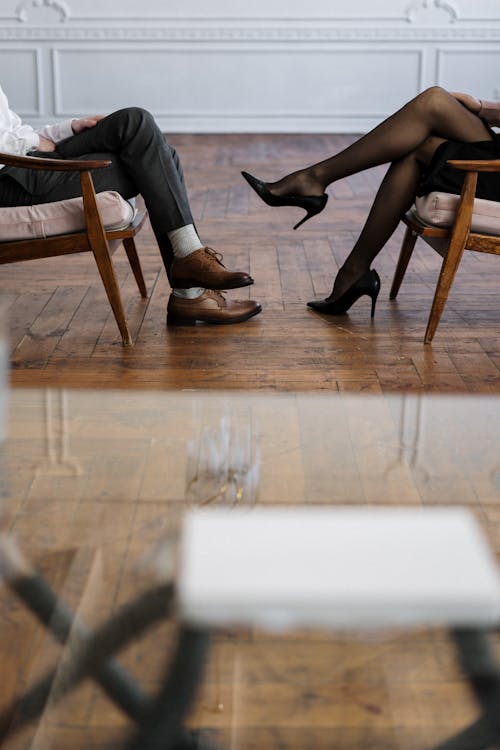
In the realm of modern workplaces, the term “business casual” has become ubiquitous, yet its interpretation remains a subject of debate and confusion. While traditional business attire imposes a strict dress code, the evolution of workplace culture has birthed a more relaxed approach to dressing professionally. However, navigating the fine line between looking polished and appearing too casual can be challenging. Understanding the essence of business casual and how to master it is crucial for making a favorable impression in professional settings.
Table of Contents
The Evolution of Business Casual
The concept of business casual emerged in the late 20th century as a response to the increasingly casual attitudes toward work attire. As industries diversified and tech companies reshaped office culture, the rigid formality of suits and ties began to wane. The desire for comfort, coupled with the need to maintain a semblance of professionalism, gave rise to a more flexible dress code.
Unveiling the Components
Business casual attire typically encompasses a spectrum of clothing options that bridge the gap between formal business wear and casual dress. While there’s no one-size-fits-all definition, certain guidelines can help individuals navigate this sartorial terrain effectively:
- Tops: Opt for collared shirts, blouses, or sweaters in muted tones or classic patterns. Polo shirts, though casual, can be acceptable in some workplaces if paired with tailored trousers and appropriate footwear.
- Bottoms: Choose trousers, chinos, or dressy jeans that fit well and are free from rips or excessive distressing. Skirts and dresses for women should be of appropriate length, typically falling at or below the knee.
- Footwear: Leather shoes, loafers, or dressy flats are suitable choices. Avoid overly casual footwear like sneakers or flip-flops, unless expressly permitted by company policy.
- Accessories: Minimalistic accessories such as belts, watches, and subtle jewelry can enhance your look without overwhelming it. Avoid flashy or ostentatious accessories that may detract from your professional image.
- Outerwear: Blazers, cardigans, or tailored jackets can add a touch of sophistication to your ensemble, especially in cooler weather. Opt for pieces that complement your outfit rather than detract from it.
Context Matters
It’s essential to consider the specific expectations and culture of your workplace when interpreting the business casual dress code. While some companies may embrace a more relaxed approach, others may maintain stricter standards. Paying attention to cues from senior colleagues or company guidelines can help you strike the right balance between professionalism and comfort decorandooquarto.com/.
The Pitfalls to Avoid
Despite its flexible nature, there are certain pitfalls to steer clear of when dressing in business casual attire:
- Underdressing: Avoid clothing that is too casual or revealing. Tattered jeans, graphic t-shirts, and athleisure wear have no place in a professional setting.
- Over-accessorizing: While accessories can elevate your outfit, overdoing it can detract from your professionalism. Keep accessories understated and complementary rather than flashy or distracting.
- Ignoring Fit: Ill-fitting clothing can undermine even the most carefully curated ensemble. Invest in tailoring to ensure that your garments fit well and flatter your physique.
- Disregarding Personal Hygiene: No amount of stylish clothing can compensate for poor personal hygiene. Ensure that your attire is clean, well-maintained, and free from wrinkles or stains.
Conclusion
Mastering the art of business casual dressing is about striking a delicate balance between professionalism and personal style. By adhering to the core principles of appropriateness, modesty, and attention to detail, individuals can navigate the nuances of workplace attire with confidence. Ultimately, business casual attire should reflect not only the culture of the company but also the individual’s respect for their professional environment.



